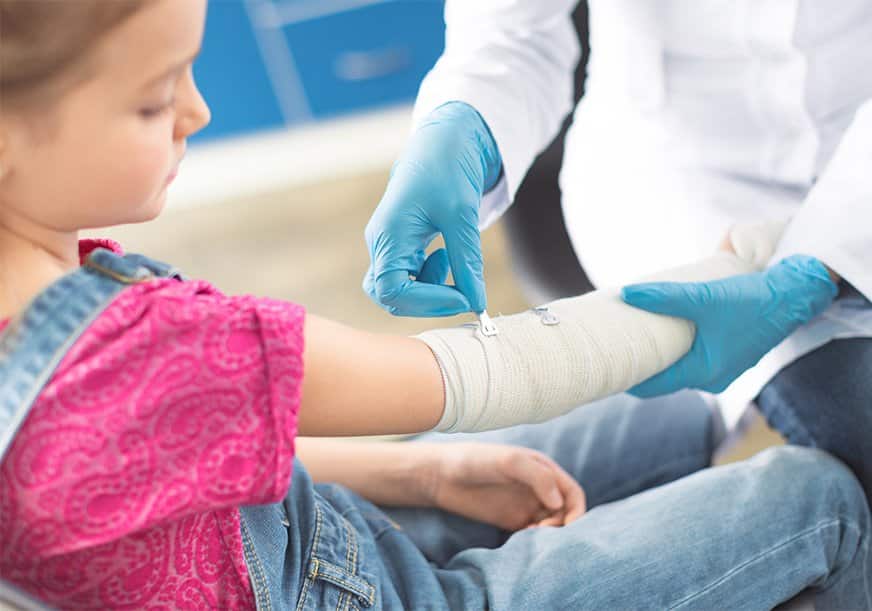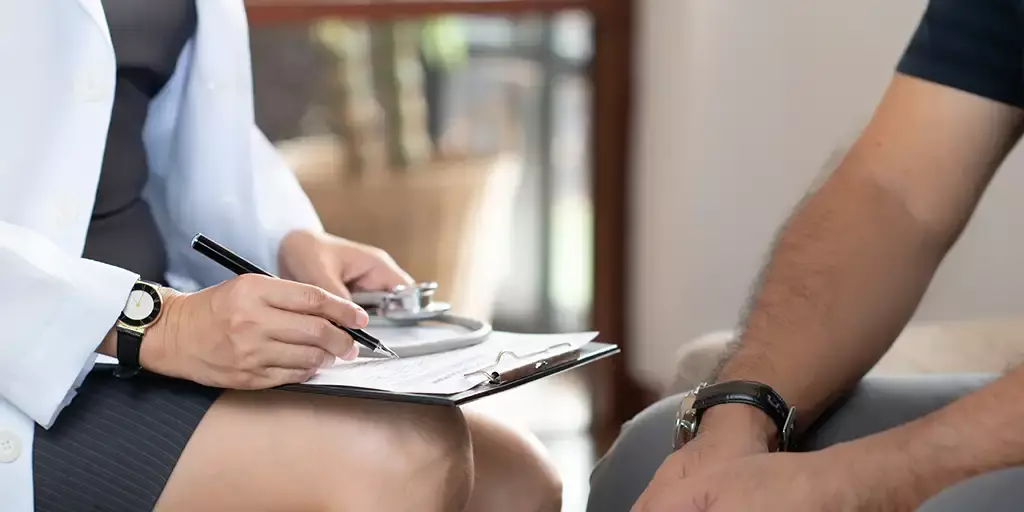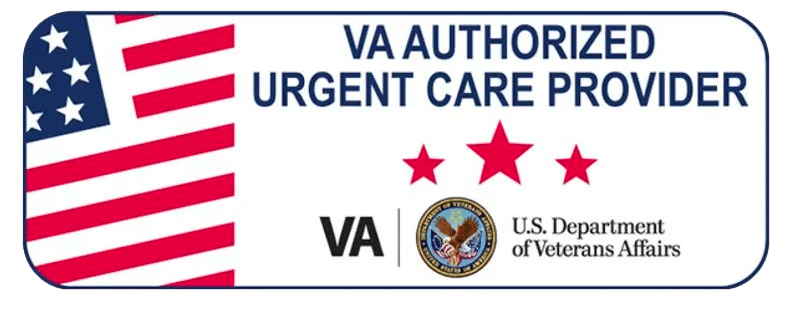Integrity Urgent Care knows there is never a convenient time to deal with an illness or injury. Even worse is not knowing if there is a real reason for you to come in or if your symptoms can be dealt with at home. Broken bones, or wondering if a sprain or injury is a broken bone, may be one of the most common concerns parents and family have after a fall or other accident occurs. Integrity is here to help you with every question you may have.
Symptoms
The most obvious symptom of a broken bone would be a bone or portion of bone that has broken through the skin and is visible. Most breaks do not occur this way and every patient and injury is different. Some patients feel no pain and maintain a good amount of mobility in the area. Other patients with sprains may feel tremendous pain and swelling may prevent them from moving their limb at all. If a limb looks crooked or deformed, or if pain continues for more than a rest period, you should bring the patient in to have an evaluation. Even a sprain may need a little assistance in healing and it is better to make sure a bone is set correctly if it is fractured or broken.
Treatment
When the injury occurs, call for help if the patient is unresponsive or not alert. According to the Mayo Clinic, stop any bleeding then immobilize the injured area. Head to your closest Integrity Urgent Care, and we can help from there.
Long term treatment will depend largely on the type and location of the break. Some fractures only require a wrap and rest on the part of the patient. Other breaks are severe enough to need emergency surgery to set and repair the bone. Most breaks will need a cast to help immobilize the bone while the body repairs itself. It is important that the patient takes it easy, no matter what kind of break, during this healing time. Balance may be off, again depending on where the break is, and it is easier to get another injury during this time.
Prevention
We cannot exactly tell people to not fall or to avoid accidents. In fact, an accident is simply that. What we can do is advise different ways for people to exercise caution in different ways. Spatial and situational awareness is always helpful whether you are walking around your home or training for your next big race. This is especially important when weather conditions may be less than ideal or when there may be hazards, like broken concrete or trash, for you to navigate around. If you do find your footing failing, try to slow down and attempt to protect your limbs from a fall. That being said, breaking your wrist may be an easier recovery than a head injury, depending on how you fall.
Types of Breaks
There are many types of breaks that could occur.
- A Greenstick fracture is when the bone breaks on one side.
- A Buckle fracture is a bend to the outside of the bone, on one side.
- An Avulsion fracture involves the tendon or ligament separating from the bone and removing a small portion of bone with it.
- Stress fractures happen when repeated stress and pressure cause small cracks in the bone.
- When a bone breaks in multiple places, it is called a comminuted fracture.
- When the bone collapses, a compression fracture has occurred.
Again, all of these breaks are different and would be treated differently, but with the same level of care and concern from our expert team. By evaluating the patient, we could determine the best course of action and make sure you were back to your everyday lives as soon as possible. We know breaks are not part of your regular schedule, so we are open most of the week, to help you. Contact us, today.




